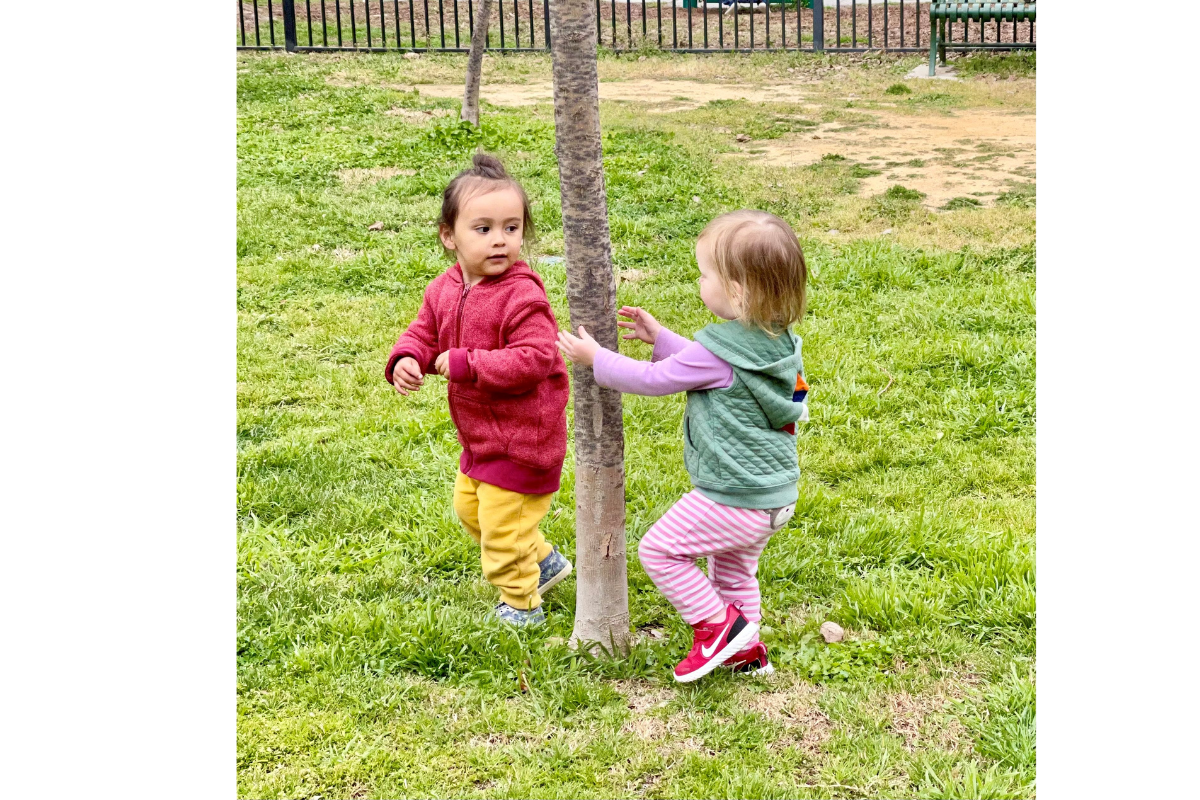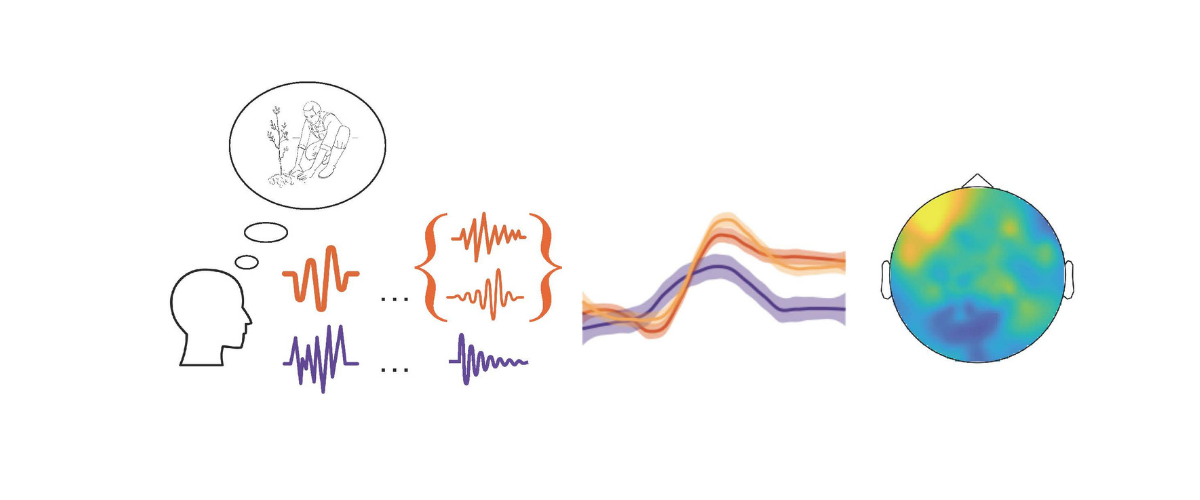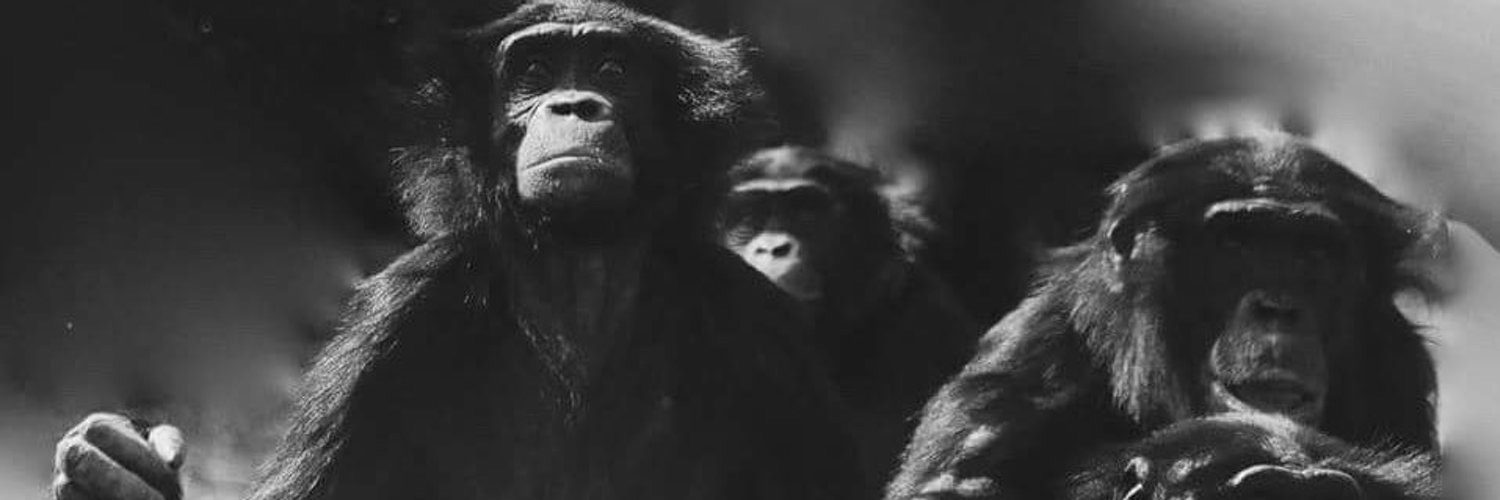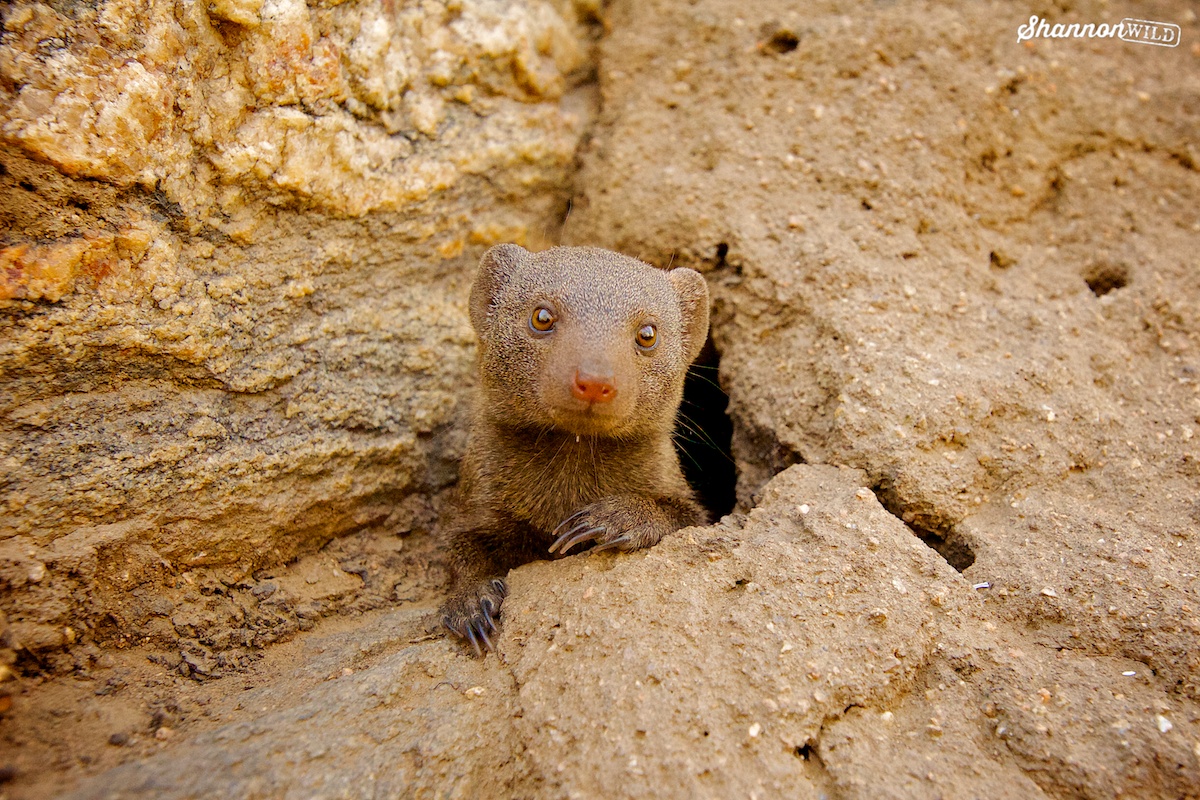Children demonstrate early in life social skills and a strong desire to interact with their peers. They engage in social interactions more often than our closest relatives, the great apes, says a study led by researchers from the University of California, San Diego and the University of Neuchâtel.




